APTA to Honor Organization and Innovation Awards Winners at TRANSform
8/13/2025
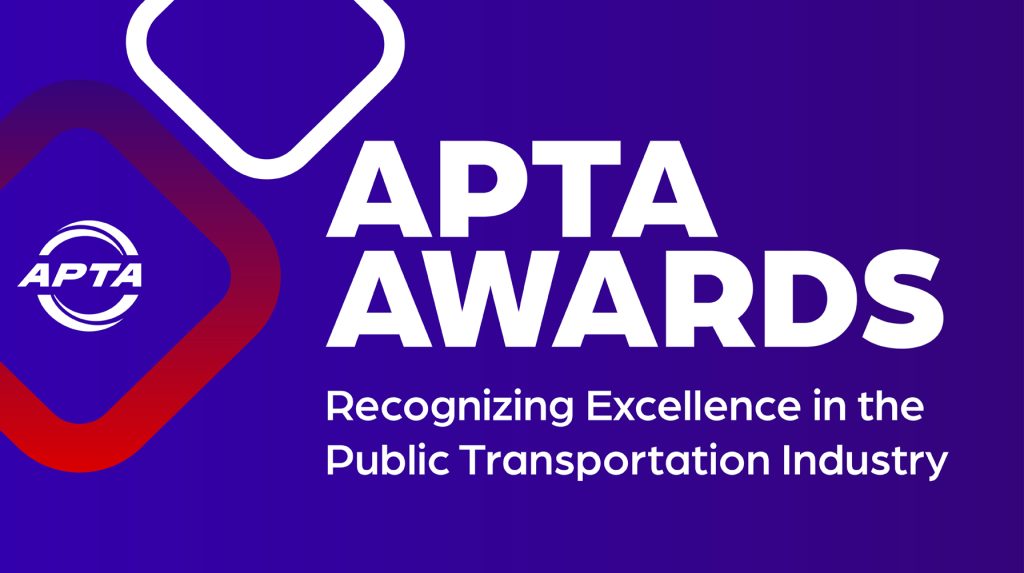
APTA will celebrate the ‘Best of the Best’ at the APTA Honors Luncheon Sept. 16 during the TRANSform conference in Boston, MA, Sept. 14-17.
Thirteen organizations and leaders will be recognized at the event for their vision, leadership, and commitment to public transportation. The association will also induct six new members into the prestigious APTA Hall of Fame.
The 2025 APTA Awards recognize organizations and leaders in the public transportation industry in North America who have demonstrated significant leadership, are outstanding role models of excellence, and whose accomplishments and innovations have greatly advanced public transportation.
Following are the Organization Award and Innovation Award winners. Additional winners will be featured on Passenger Transport, APTA’s NEWS CENTER, over the coming weeks.
ORGANIZATION AWARDS
Outstanding Public Transportation System
Monterey-Salinas Transit (MST), Monterey, CA
3 million or fewer annual passenger trips
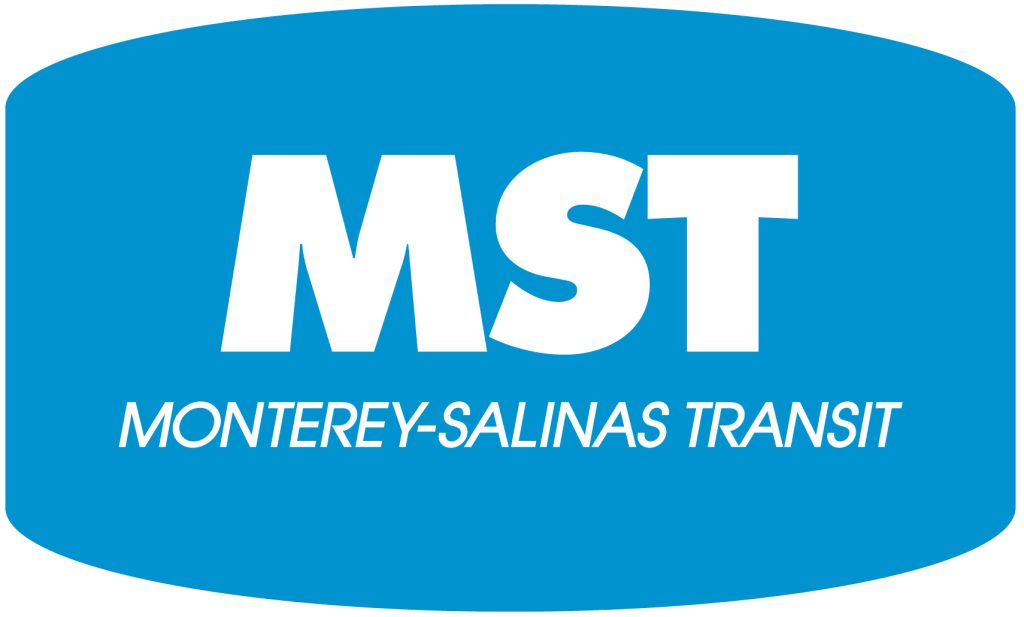
In 2022, MST marked its 50th anniversary by redefining its mission: “Connecting communities. Creating opportunity. Being kind to our planet.” That vision was brought to life with the launch of the Better Bus Network (BBN), MST’s first complete system redesign in two decades. With equity at the core, BBN expanded service to underserved and carless communities, shortened travel times, and improved frequency, all while launching a more affordable fare structure: $2 for two hours of unlimited rides, supported by fare capping and mobile payment options. Through technological innovation and community-driven planning; to sustainability, leadership, and safety excellence, MST has demonstrated that public transit can be equitable, reliable, and inspiring.
Metropolitan Regional Transit Authority (Akron METRO), Akron, OH
More than 3 million but fewer than 15 million annual passenger trips
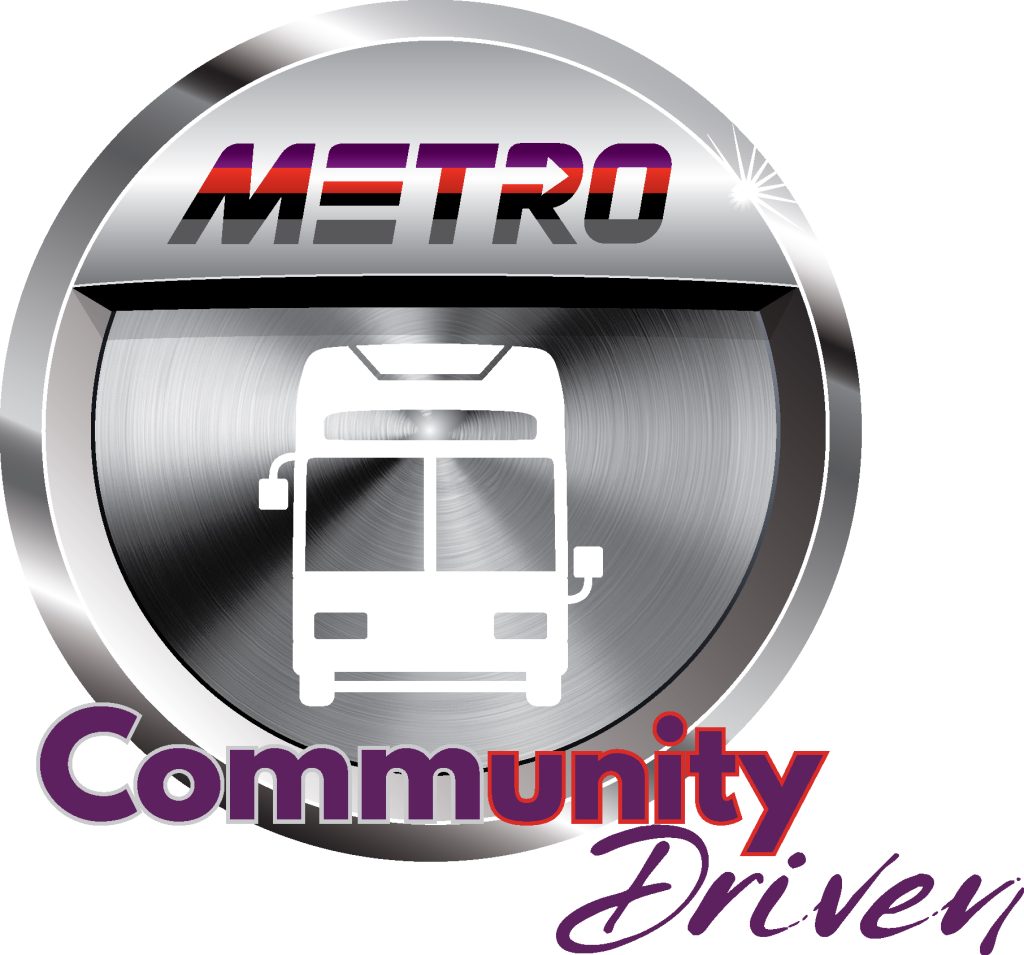
Akron METRO is recognized for its exceptional community leadership, pioneering service redesign, and unwavering commitment to empowerment and innovation. It has delivered transformative progress in equity, sustainability, innovation, and operational performance. The agency launched the Reimagine Network in June 2023. This comprehensive redesign of fixed-route services was shaped through public meetings, ensuring community voices led the process. The result was expanded regional access; increased frequency on key corridors; and enhanced connections to jobs, healthcare, and education.
Utah Transit Authority (UTA), Salt Lake City, UT
More than 15 million but fewer than 50 million annual passenger trips

Organizational excellence is central to UTA’s identity. Its commitment to employee input, optimized working conditions, and development opportunities has created one of the most resilient and engaged transit workforces in the U.S. The agency’s leadership helped secure the 2034 Winter Olympic Games, ensuring transit readiness through long-range planning and integrated infrastructure delivery. UTA is committed to employee input, optimized working conditions, and development opportunities, which has resulted in a resilient and engaged workforce. The agency has shown that public transit can and should be a catalyst for economic vitality, and a lifeline for communities.
Washington Metropolitan Area Transit Authority (Metro), Washington, DC
50 million or more annual passenger trips
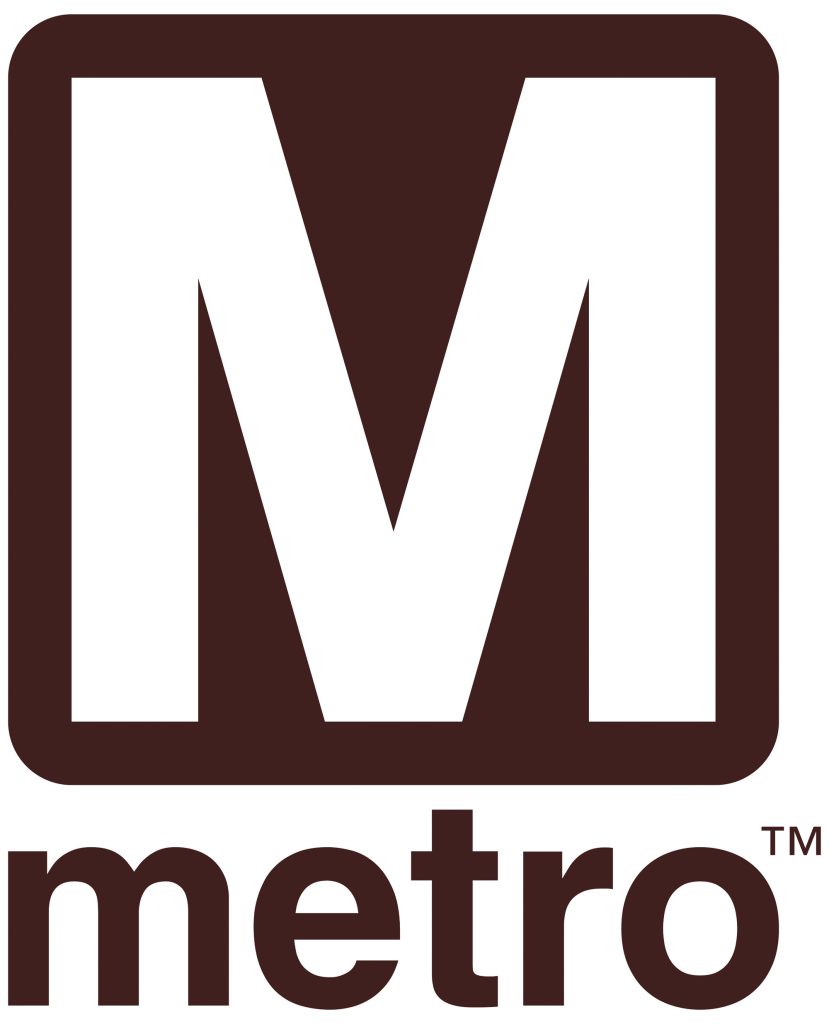
Metro has led in ridership growth in the U.S. for two consecutive years, delivering 265 million trips and achieving 52 straight months of year-over-year growth. It achieved record-setting customer satisfaction in FY24: 92 percent on Metrorail, 83 percent on Metrobus, and 84 percent on MetroAccess. The agency has improved service frequency, reduced wait times, and added more seamless connections, largely due to historic investments in infrastructure and operations. Safety is critical at Metro, and the agency has become an industry leader in reducing collisions, derailments, and customer injuries, earning it APTA’s 2024 Gold Safety Award. In addition, fare evasion has dropped by 82 percent systemwide due to modernized faregates and enhanced police patrols.
Outstanding Partnership in Public Transportation
Washington Metropolitan Area Transit Authority, Kimley-Horn, and Foursquare ITP
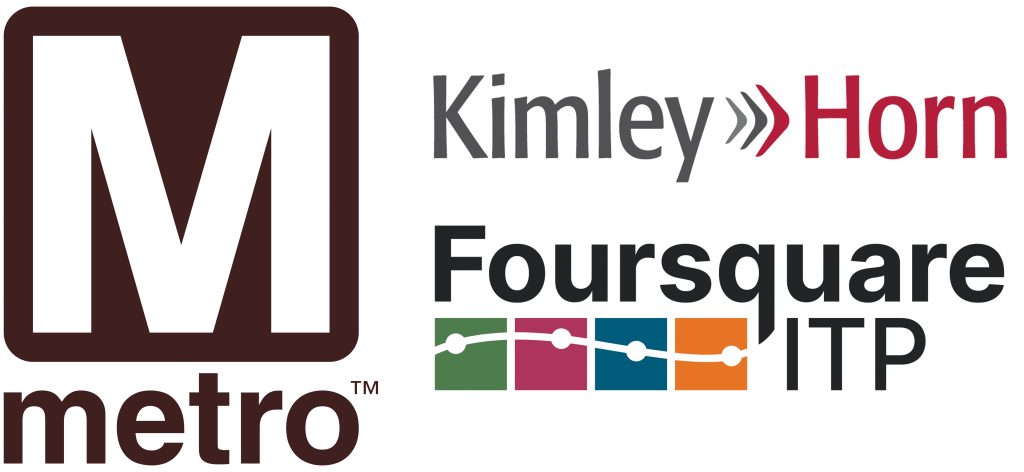
A groundbreaking collaboration between Metro, Kimley-Horn, and certified woman-owned small business Foursquare Integrated Transportation Planning (ITP) resulted in the Better Bus Network Redesign. This partnership exemplifies the values of innovation, equity, and customer-focused planning. An overhaul of the Metrobus system has resulted in a faster, more frequent, and more reliable bus network for the DC, Maryland, and Virginia areas. In addition, residents have increased access to key destinations such as hospitals, grocery stores, and entertainment venues.
Innovation Award
Oklahoma Transit Association, Oklahoma City, OK
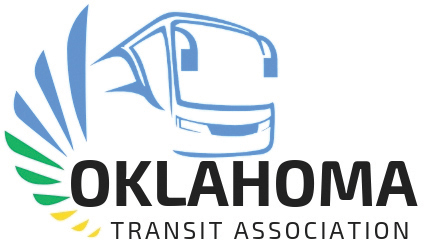
The Oklahoma Transit Association established the Rolling Oklahoma Classroom (ROC), an adaptable, mobile, learning center designed to raise public awareness and to train transit employees to identify and combat human trafficking, a complex issue in the transportation sector.What makes the ROC truly innovative is its delivery model. It brings training directly to the frontlines, addressing a significant challenge in states like Oklahoma: geographic barriers that make centralized training inefficient and costly. The ROC eliminates the need for agencies to travel long distances for professional development, and it increases access, reduces cost, and supports workforce development amid driver shortages—without compromising training quality.
Metropolitan Transportation Authority (MTA), New York, NY
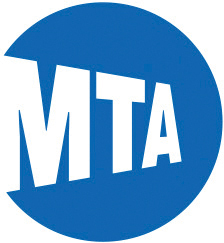
The New York Metropolitan Transportation Authority’s (MTA) Congestion Relief Zone project began in January 2025. The first fully realized congestion pricing program in the U.S., it has transformed Manhattan’s Central Business District into a zone of smarter travel, faster commutes, and cleaner air. The result is decreased gridlock and a sustainable revenue stream to improve and expand public transportation options for millions.The Congestion Relief Zone is on pace to generate $500 million in 2025 alone, providing a sustainable revenue stream of up to $15 billion in capital investments
Tri-County Metropolitan Transportation District of Oregon, (TriMet), Portland, OR

TriMet created a low-cost, in-house, tamper resistant cable theft prevention solution to fully eliminate theft of copper wire, a persistent industry challenge. This method protects rail infrastructure, improves safety for passengers and workers, reduces emergency response demands, and supports service reliability. It is also a sustainability success—reducing material waste, avoiding rework, and preserving existing assets. Created by frontline employees, the approach demonstrates the value of empowering transit workers to lead.
Sound Transit, Seattle, WA
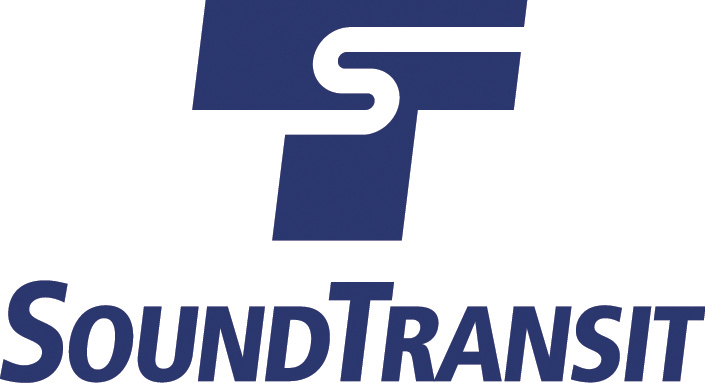
Sound Transit initiated the seven-mile, double-track East Link Project, the world’s only fixed-rail transit built on a floating bridge. This is a pioneering first in engineering, creating a vital east-west connector within the Puget Sound region and an alternative to the congested I-90. By repurposing existing highway infrastructure rather than building a new crossing, the I-90 Segment saved billions of taxpayer dollars and minimized environmental impact. This strategy serves as a model for other public transit agencies operating in dense, infrastructure-constrained urban environments.